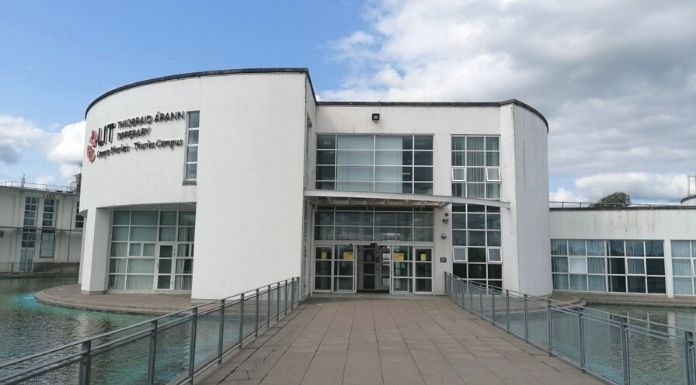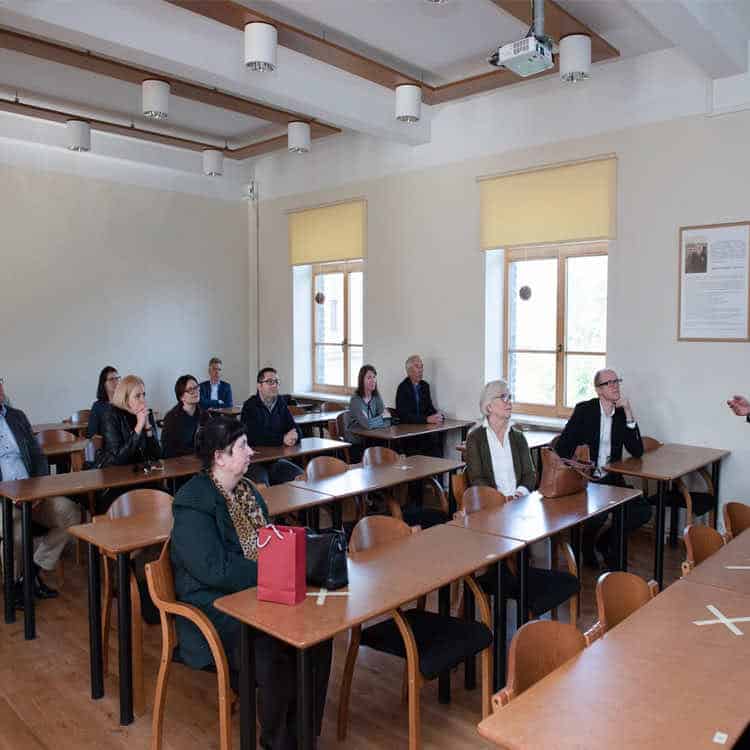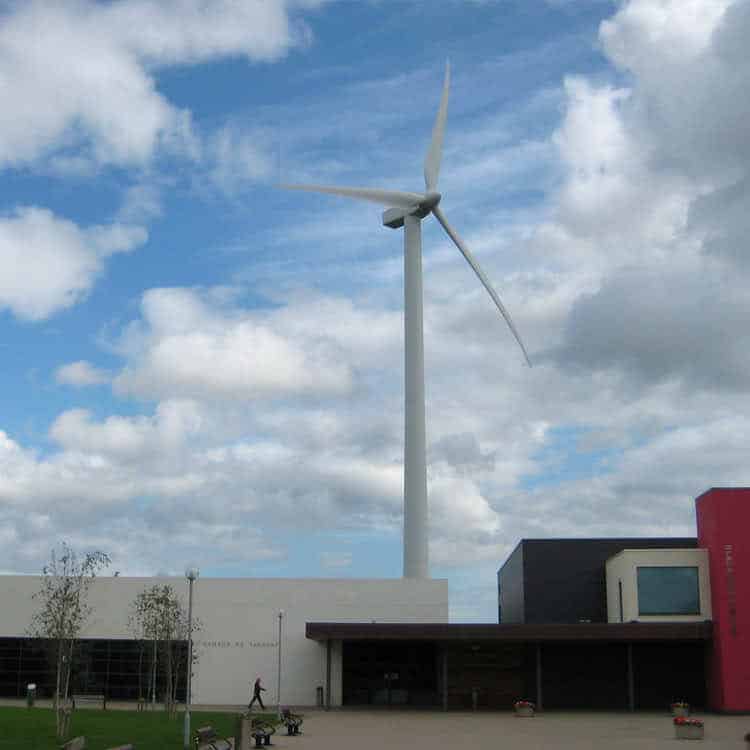All Sustainable Agriculture
For most of human history, sustainable agriculture was the norm, as there wasn't really much of an alternative. Then, during the Green Revolution – the widespread adoption of industrial agricultural practices – farming was seen almost as a balance sheet composed of simple transactions. More fertilizer and irrigation led to better yields; the liberal use of pesticides, herbicides, and antibiotics meant fewer losses, and so on.This worked well for decades…until the problems inherent to this approach started showing up. The soil quality declined, requiring ever more fertilizer. Pests become resistant to chemicals. In many regions, water became scarcer, while "externalized" problems like agricultural air and water pollution began to affect society as a whole.One possible solution to these problems is the use of genetically modified crops. This option holds potential but also comes with major risks, some of which we've seen in practice. The other path to take is sustainable agriculture: increasing yields while also reducing the environmental and social impact of farming.Some of the techniques falling under the sustainable agriculture umbrella, like crop rotation and erosion prevention, have been known for centuries. Others, like non-chemical pest control and reduced tillage, are more modern inventions. The challenge of sustainable agriculture is to apply these in an integrated, economically viable way. Often, the result is called "biological agriculture" or the intelligent use of both organic and industrial farming practices.While it is possible to study sustainable agriculture at American universities at both the bachelor's and postgraduate levels, Europe is frankly miles ahead of us in this field. The Netherlands in particular is regarded as the world leader, though there are plenty of excellent and affordable programs available throughout the region.




